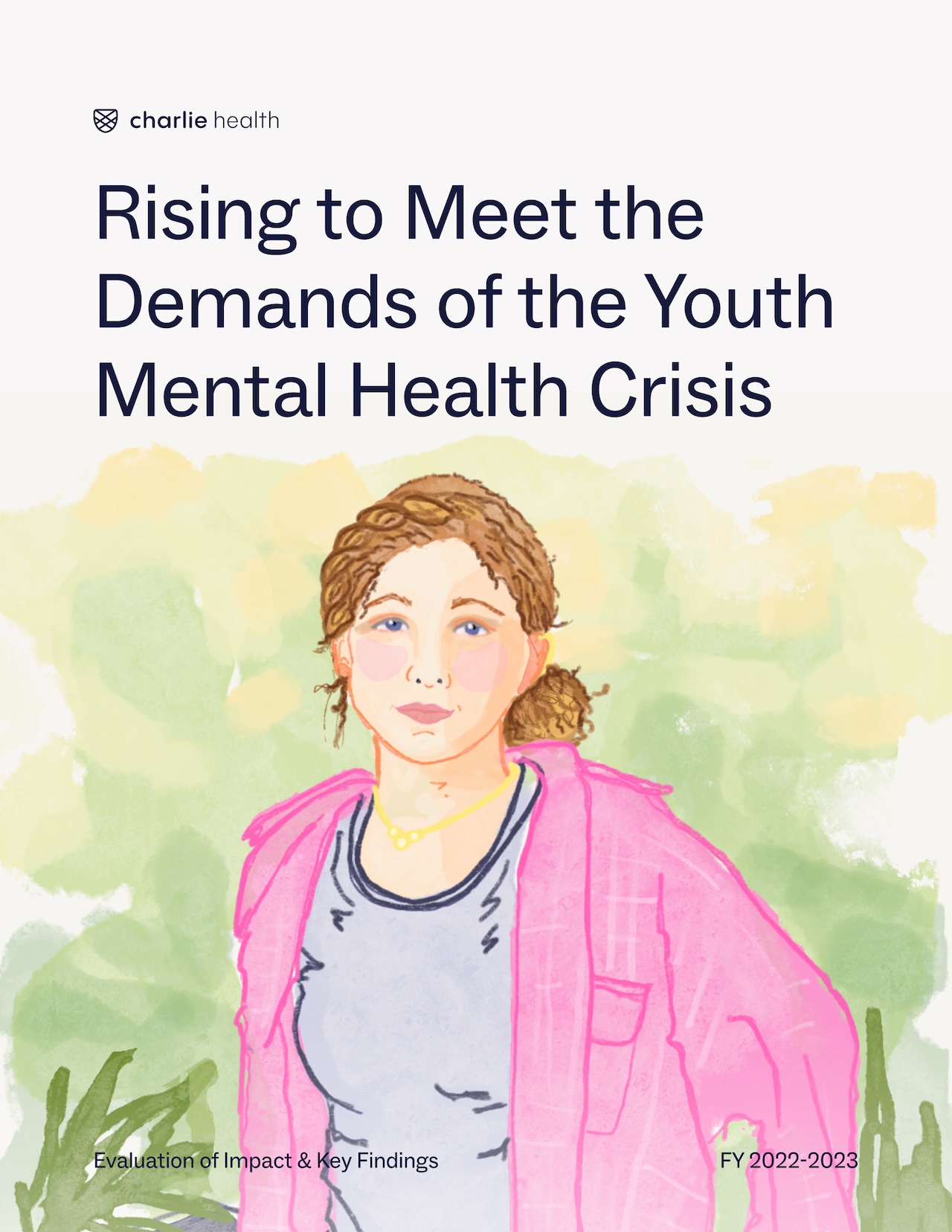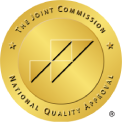
Life-saving mental health treatment when you need it most
Young people in crisis are struggling to find the mental health treatment they need. At Charlie Health, we’re creating serious, effective, and accessible solutions.
Our treatment programs, including our virtual Intensive Outpatient Program (IOP), combine personalized care with peer connection to foster long-term healing.
Immediate Access
Get started with Charlie Health in as little as 24 hours
Flexible Scheduling
Morning, afternoon, and evening options on Mon-Sat
Exceptional Outcomes
Measured care to optimize the treatment experience
Real stories of hope & healing
“My daughter was acting like herself again.”
I really didn’t know what to do for my daughter before Charlie Health. I’ve always felt I’ve been alone in this. I felt so helpless. Within the first week, my daughter was acting like herself again. Charlie Health has given my daughter and me lifelong tools to navigate her anxiety and panic attacks. I’ve been blown away. I’m very impressed and very happy.
—Tasia C.
“Charlie Health saved my life.”
Before Charlie Health, I was struggling very much with my anxiety. My therapist told me that she couldn’t help me anymore, so she suggested Charlie Health. I’m really glad I chose to call. I have a new lease on life. My anxiety is at an all-time low and I can function day-to-day in ways I never thought possible. Charlie Health saved my life.
–Jessica B.
“It helped me feel like I was not alone in this world.”
I was very angry and depressed when I first came to Charlie Health, but with help, guidance, listening, and reassurance, it helped me feel like I was not alone in this world. I got the help that I wanted and needed to change my mindset.
–Kairey M.

Charlie Health’s Annual Outcomes Report
Read more about our latest clinical research and industry-leading outcomes
More than 90%
of clients see improvements in their most severe mental health symptoms*

How it works
Reach out
Call our Admissions Team 24/7 or fill out our quick online form to verify your insurance coverage and get started
Get matched
We’ll conduct a thorough clinical assessment to create a personalized virtual treatment plan based on your mental health goals and scheduling needs
Start healing
Meet your peers in curated groups and your primary therapist in as little as 24 hours
Reach out to start your healing journey today
Fill out our form or call us directly to learn if Charlie Health is right for you or a loved one. We’re available 24/7.
We proudly partner with many major insurance providers, including commercial and Medicaid
The core mental health conditions we treat
From the Library
Accredited by the Joint Commission
The Joint Commission is the nation’s oldest and largest healthcare accrediting body, ensuring quality and safety in healthcare. Accreditation means our organization complies with the highest national standards for safety and quality of care and is committed to continually improving client care.

*Analysis based on self-reported outcomes data from 2023 clients who had severe anxiety or moderately severe to severe depression at intake, and improvements at discharge.








